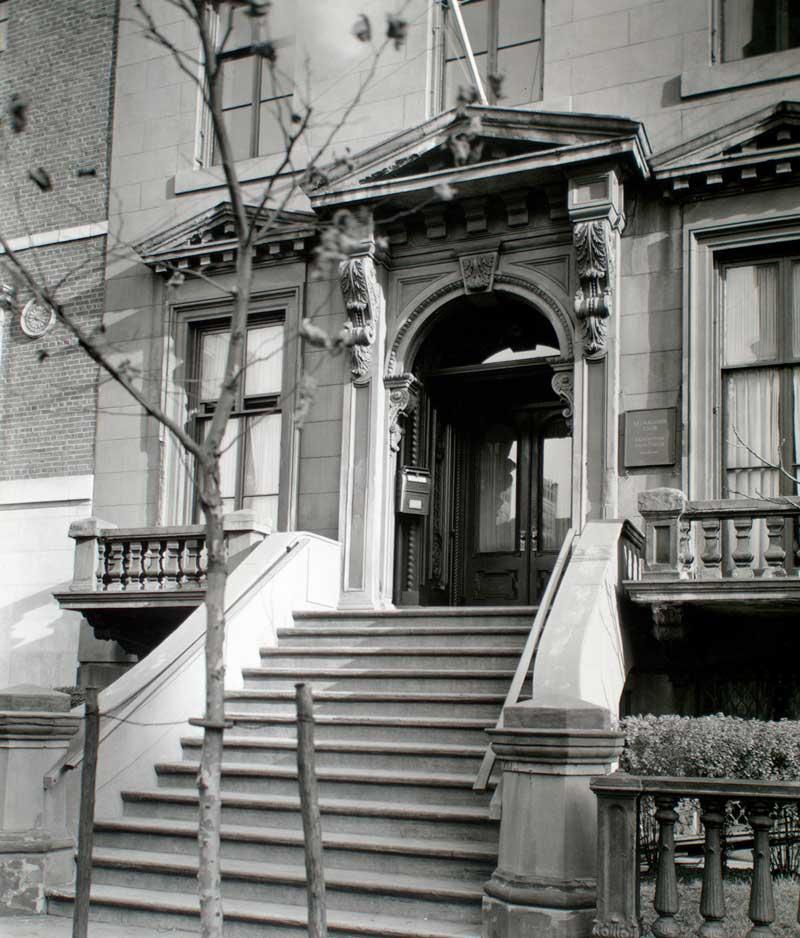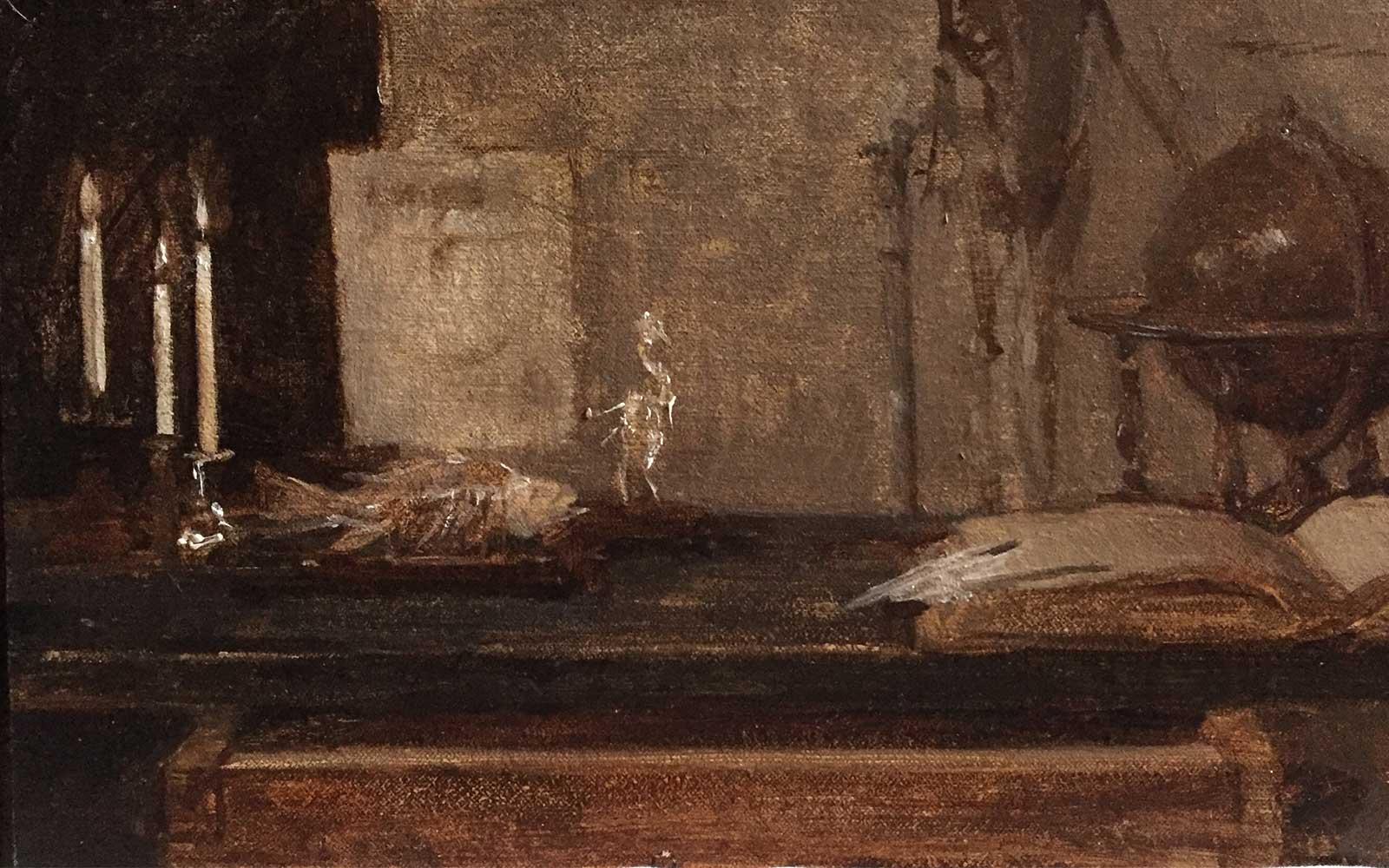Tim Newton is the publisher of Western Art & Architecture, a glossy, large-format, lifestyle magazine. Newton also is chairman emeritus of the famed Salmagundi Club, founded in 1871, and headquartered in their historic brownstone mansion on Fifth Avenue in New York City. In 2016, a Southwest Art article stated, “Newton became the club’s chairman of the board in 2011. By all accounts he has played a significant role in returning the club to its glory days.”
Newton’s active role in the realm of fine art—his proximity to artists, gallerists, art appraisers and dealers, and his attunement to gallery openings and art auctions—has him sitting in the catbird seat as a collector.
“I’m on that circuit. I’m living in the art world, so that provides me with access and the opportunity to be around skilled artists and artworks that have enduring beauty,” says Newton. “My collecting has slowed down. In the early days, I was a voracious consumer, on the chase.”








































